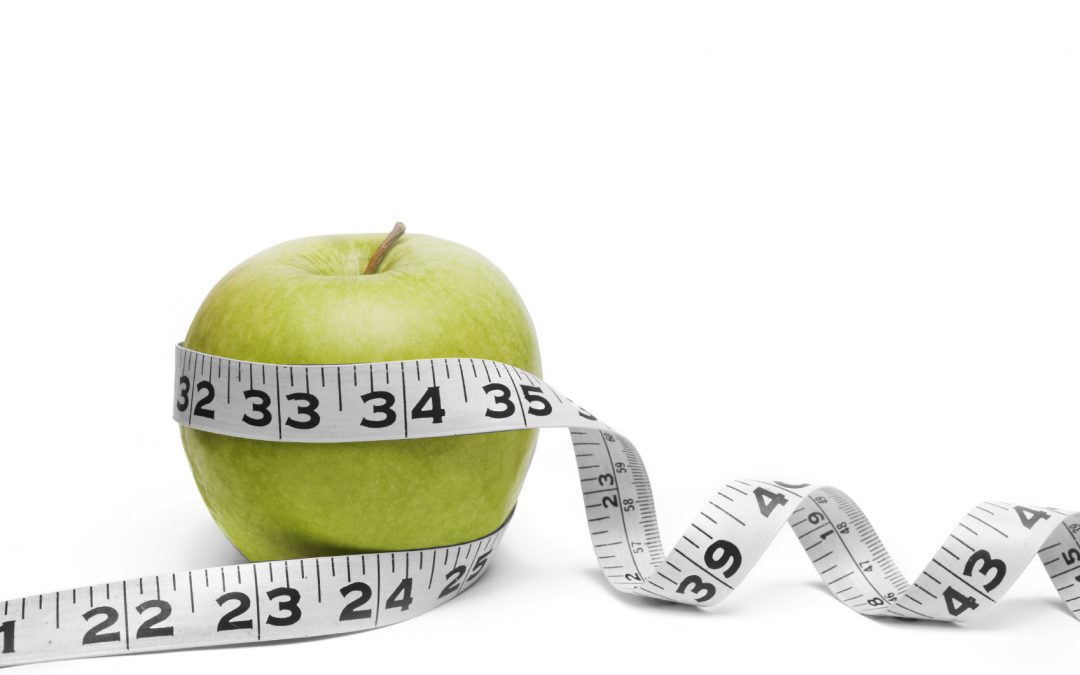When people engage a health professional to help them improve their body composition the term “weight loss” will be most commonly used. Often an individual will be very focused on seeing the scales go down at a certain rate until they achieve a certain weight. If the scales go in the wrong direction it is deemed a ‘bad day’, and if the scales go in the right direction it is deemed a ‘good day’. Whilst this approach to body composition is fraught with psychological disaster it is also quite a flawed approach compared to the possibilities in today’s world of Health data.
The approach that should be taken in regards to objectively measuring the value of weight loss is to take as accurate a measurement as possible that takes into account as many factors that contribute to weight as possible. Enter Body Composition Analysis.
Body Composition Analysis today is fast, accurate and reliable. Within 3 minutes an assessment will clearly indicate an individual’s body weight, body fat percentage, hydration levels, muscle mass, muscle quality, and visceral fat to a very high degree of accuracy. Whilst not quite the gold standard of a DEXA scan, it is much faster, more affordable and radiation free. The analysis is non-invasive and only contraindicated if an individual has a pace-maker installed, is pregnant or has major burns. The measurements obtained are very accurate except in unusual situations where an individual has a particularly abnormal hydration status (significant oedema, ascites, dialysis).
With Body composition analysis it is easier to gain a full understanding of an individuals health change over time. We can accurately measure an individual’s body fat loss, muscle mass gain or loss, improvement in hydration and visceral fat loss (the most impactful fat type on Chronic Health Conditions). Where Patient A might have lost 30kg made up of 25kg of fat loss and 5kg of muscle mass loss, Patient B might have lost 30kg made up of 35kg of fat loss with a 5kg muscle gain. They both may achieve the desired weight loss to meet their health professionals / surgeons requirements, but we would expect Patient B to be much happier with their loss overall as well as much fitter and healthier for surgery with a considerably higher metabolism to drive weight maintenance long term.
Taking Body Composition Analysis further, we can look at segmental body fat analysis to gain even more insight into exactly where an individual has lost body fat and gained or lost muscle mass over time.
Our preferred approach is to perform Body Composition Analysis at the start of a weight loss program. Then the analysis is repeated every 12 weeks throughout the weight loss period, finishing with a final analysis when goal weight is achieved. Ideally continuing with review analyses every 6 – 12 months during weight maintenance to increase a client’s connection to long term healthy lifestyle habits outside of weight itself.
At each assessment of Body Composition Analysis results can be discussed and wins can be celebrated with a much higher degree of knowledge. An individual may have only lost 5kg in a 12 week period, yet have actually lost 8-10kg of body fat in this time. An achievement worth getting excited about!
High accuracy body composition assessments are easily conducted within consultation with your dietitian or exercise physiologist. Ideally a dual or multi-frequency analyser will measure two or more different bio-electrical impedance frequencies to increase the accuracy. For accuracy a body composition scale should send bio-electrical impedance frequencies through both hands and both feet to accurately measure the entire body rather than just limited parts of the body. This is often the difference between cheap and inaccurate body fat scales and clinically relevant, slightly more expensive Body Composition Scales. If an individual has a lean upper body with a higher proportion of fat in their lower limbs, a hand held only or feet only analysis would be inaccurate. The same would be the case if an individual stored most of their fat in their breast tissue or upper limbs. As a result, it is very important to take this into consideration when making a decision about what Body Composition Analyser to use and interpretation of the results. Higher quality data should always be the goal.
Written by Michael Lawler Accredited Practising Dietitian and Accredited Exercise Physiologist. Part of the Recovery Medical team and owner of Eat Me Nutrition Pty Ltd. Copyright 2019.

